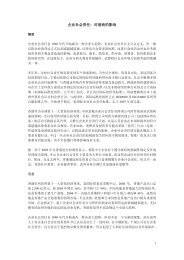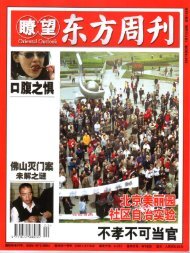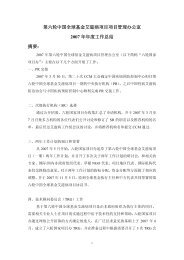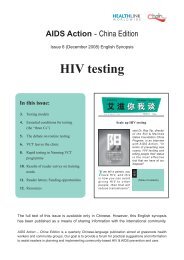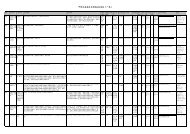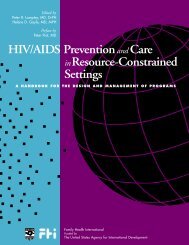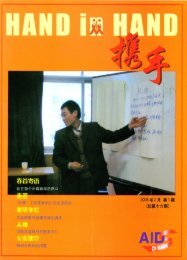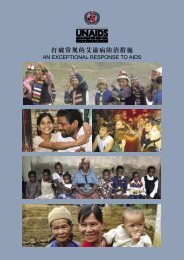The Training of Trainers Manual - UNFPA
The Training of Trainers Manual - UNFPA
The Training of Trainers Manual - UNFPA
You also want an ePaper? Increase the reach of your titles
YUMPU automatically turns print PDFs into web optimized ePapers that Google loves.
Begin the game as described above. After a couple <strong>of</strong> minutes, when the<br />
participants start to remember several names, add a second ball and instruct the<br />
group to continue playing with the two balls. After a minute or so, introduce a third<br />
ball to the game. <strong>The</strong> group should then try to throw and catch the three balls,<br />
all the while calling out the receiver’s name, 10 or 15 times without dropping the<br />
balls; if a ball is dropped, they must start counting again. All three balls must be<br />
used in the exercise.<br />
When the ball throwing is done, ask how the players felt playing the game.<br />
<strong>The</strong>n begin to explore how throwing the ball from one person to another can<br />
be considered a metaphor for how we communicate as peer educators. Ask the<br />
group to consider what actions were necessary both to ensure that the game was<br />
successfully completed and to communicate well. <strong>The</strong>se can include making eye<br />
contact, calling someone by name, making sure the person was ready to receive<br />
the ball (or message), throwing it (or talking) directly to the person, and not<br />
throwing it when another ball (or message) was coming in.<br />
Closure<br />
Point out how one <strong>of</strong> the most fundamental skills in peer education is good<br />
communication. Suggest that the peer educators remember this exercise as a guide<br />
for asking themselves whether they are using the best possible communication<br />
skills in their teaching.<br />
<strong>Training</strong> topic<br />
Setting ground rules<br />
Objectives <strong>of</strong> the session<br />
To agree on ground rules for the workshop and to identify common ground rules<br />
for peer education.<br />
Introduction<br />
<strong>The</strong> facilitator and participants first decide upon the ground rules for this training<br />
workshop. This activity is followed by a group discussion on the importance <strong>of</strong><br />
setting ground rules in any training activity.<br />
At the beginning <strong>of</strong> a training session, the group needs to identify and agree upon<br />
ground rules or guidelines for its work, and also to understand why rules are<br />
important. <strong>The</strong> trainer should ensure that certain common rules are included (see<br />
box on the next page). An especially important rule in a workshop dealing with<br />
sensitive issues is to respect all participants’ privacy and confidentiality; it should<br />
34 <strong>Training</strong> <strong>of</strong> <strong>Trainers</strong> <strong>Manual</strong>




